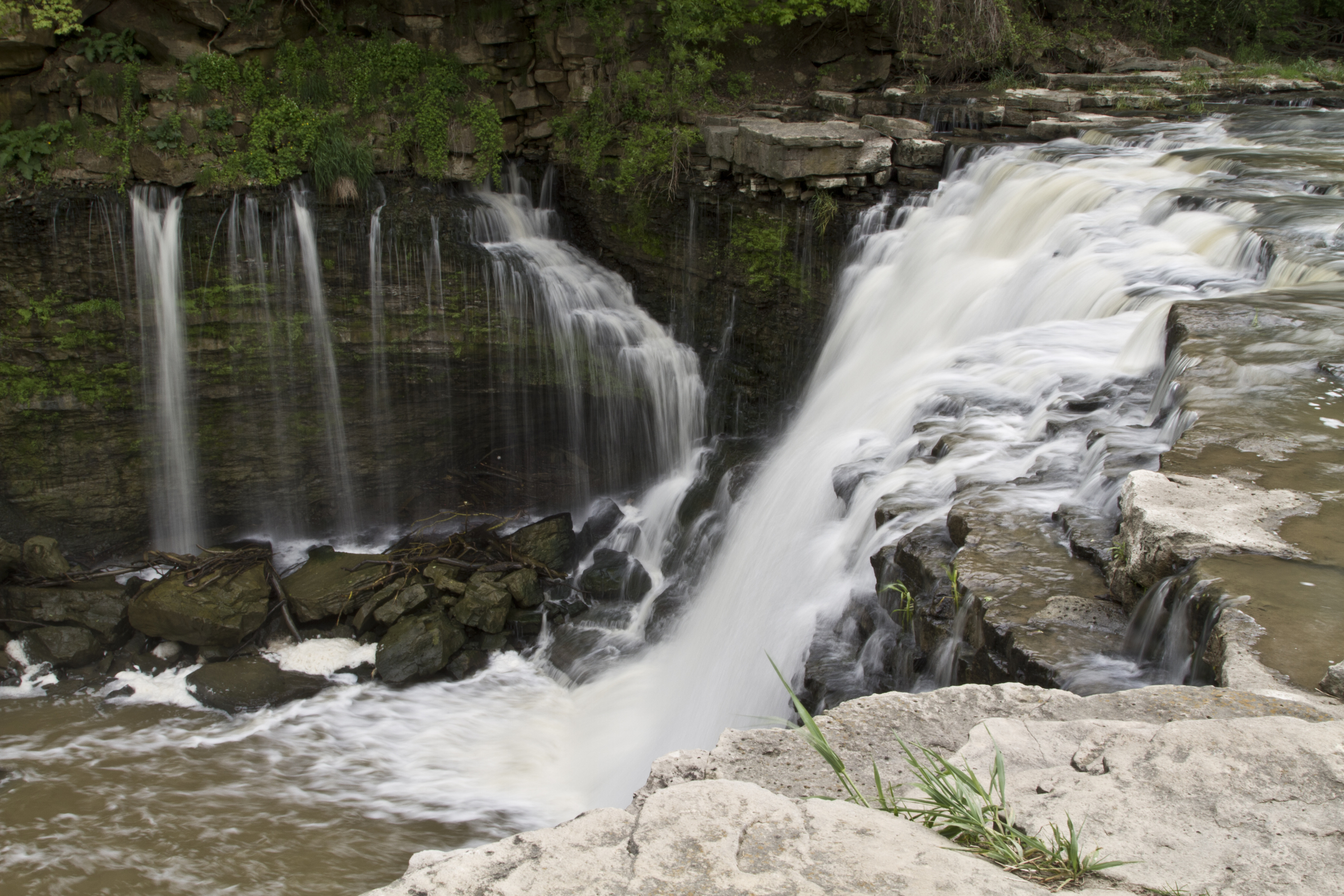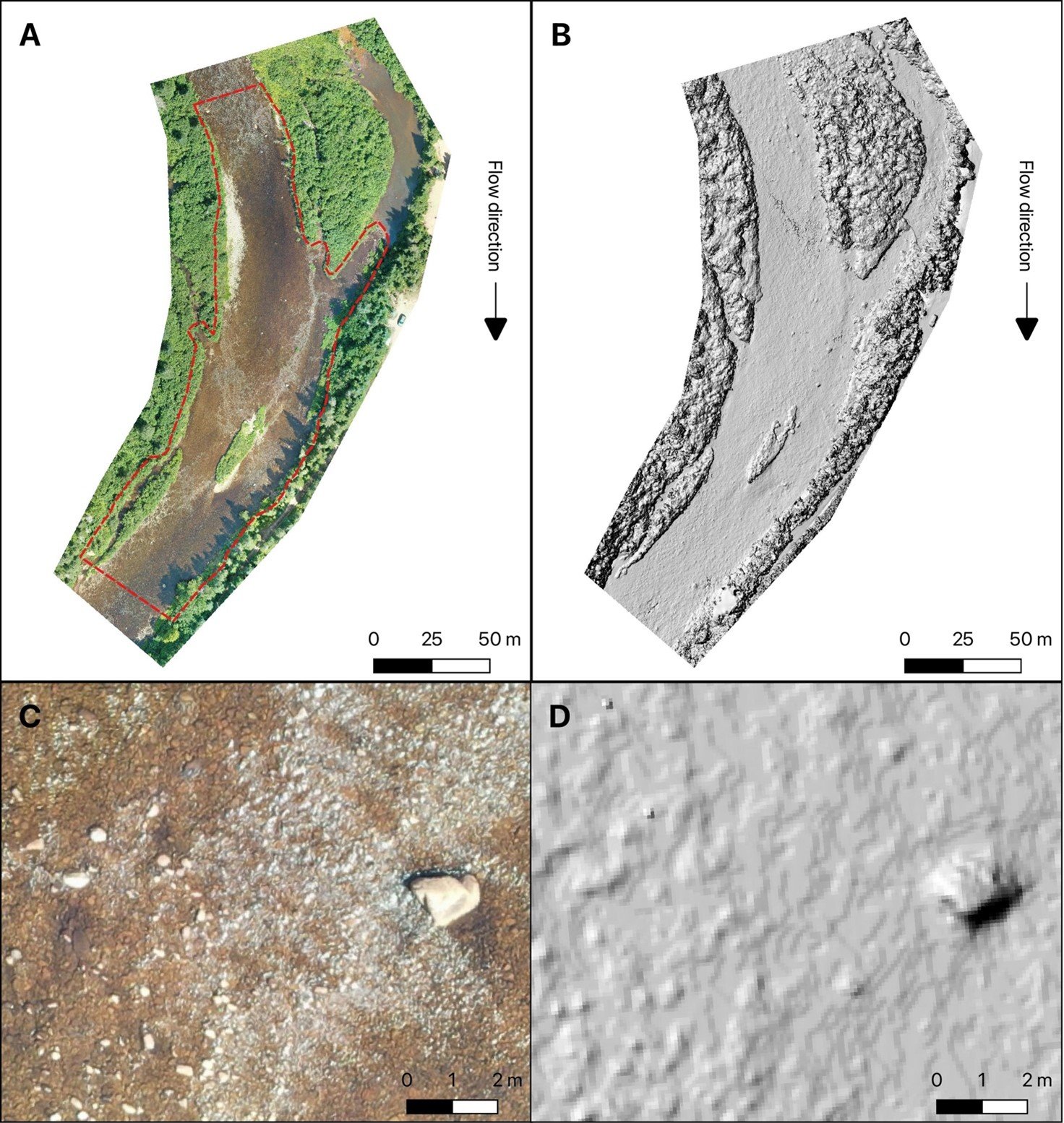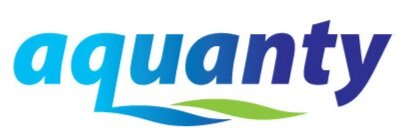

HGS RESEARCH HIGHLIGHT – The HypoSalar project: Integrating hyporheic exchange fluxes into Atlantic salmon (Salmo salar) spawning habitat models
In this research highlight ultra-fine resolution HydroGeoSphere models are used to simulate hyporheic exchange fluxes in river reaches used by Atlantic salmon for spawning. The HypoSalar project is contributing to demonstrate that the capabilities of HydroGeoSphere are not exclusively related to the field of hydrogeology, but can be used for both fluvial geomorphology and ecological studies due to HydroGeoSphere's flexibility and superior modeling approach.

Snow Modelling Products on HydroClimateSight
With a big winter storm sweeping across Ontario over the past week, we thought it might be a good time to review the various snow modelling products available through the HydroClimateSight decision support platform.

Staff Research Highlight - Assessment of hydraulic and thermal properties of the Antarctic active layer: Insights from laboratory column experiments and inverse modelling
We’re pleased to highlight this publication, co-authored by Aquanty’s senior scientist, Hyoun-Tae Hwang, which investigates the hydraulic and thermal properties of the Antarctic active layer using laboratory column experiments and HydroGeoSphere (HGS) for inverse modeling.

Staff Research Highlight - Water sources and threshold behaviors of streamflow generation in a mountain headwater catchment
We’re pleased to highlight this publication, co-authored by Aquanty’s senior scientist, Hyoun-Tae Hwang, which examines the water sources and threshold behaviours of streamflow generation in a mountain headwater catchment.

NEW version of HGS PREMIUM February 2025 (REVISION 2778)
The HydroGeoSphere Revision 2778 (February 2025) is now available for download.

Staff Research Highlight - Development of a fully integrated hydrological fate and transport model for plant protection products: incorporating groundwater, tile drainage, and runoff
This research investigates how the integrated hydrological modelling of plant protection products (PPPs) such as pesticides can provide a more comprehensive understanding of their environmental behavior across groundwater, surface water, and tile drainage systems.

Staff Research Highlight - Improving monitoring network design to detect leaks at hazardous facilities: Lessons from a CO2 storage site
This research specifically utilizes the Korea CO₂ Storage Environmental Management (K-COSEM) test site to develop methodologies that address the challenges posed by uncertainty in detecting subsurface leakages.

NEW version of HGS PREMIUM January 2025 (REVISION 2766)
The HydroGeoSphere Revision 2766 (January 2025) is now available for download.

NEW version of HGS PREMIUM December 2024 (REVISION 2756)
The HydroGeoSphere Revision 2756 (December 2024) is now available for download.

HGS HIGHLIGHT – Estimating cumulative wastewater treatment plant discharge influences on acesulfame and Escherichia coli in a highly impacted watershed with a fully-integrated modelling approach
In this research highlight, researchers used HydroGeoSphere (HGS) to explore the impact of wastewater treatment plant (WWTP) discharge on surface water contamination in a mixed-use watershed in Ontario, Canada. The study focused on tracking acesulfame, a commonly used artificial sweetener, and Escherichia coli (E. coli), a fecal indicator, to understand how these contaminants move between surface and groundwater systems. Understanding the interactions between surface water and groundwater is critical in watersheds where WWTP discharge contributes to regional water quality concerns.
